Table of Contents
- Introduction: The Science of Spice-Lamb Chemistry
- Top 7 Spices for Seasoning a Leg of Lamb
- How to Use These Spices Like a Pro
- Spice Pairings That Taste Like Heaven
- Pro Tips & Common Mistakes to Avoid
- Three Show-Stopping Recipes to Try
- The Flavor Chemistry Behind Perfect Seasoning
- Frequently Asked Questions
Introduction: The Science of Spice-Lamb Chemistry
Imagine investing in a premium leg of lamb only to serve a bland, one-dimensional roast. For home cooks seeking restaurant-quality results, understanding spice chemistry—not just ingredient lists—is the missing link. This guide moves beyond generic advice to reveal how molecular interactions between lamb's fat composition and volatile spice compounds create unforgettable flavors. We'll decode why certain spices penetrate muscle fibers while others form aromatic crusts, transforming ordinary roasts into culinary triumphs.
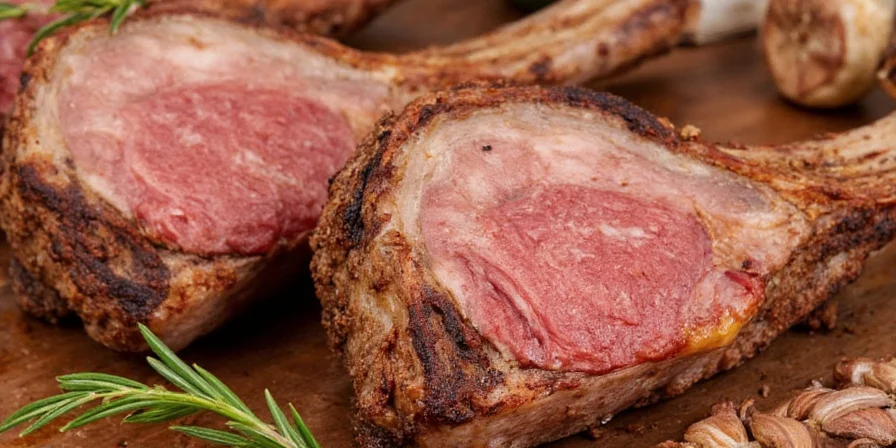
Top 7 Spices for Seasoning a Leg of Lamb
These spices excel due to their chemical compatibility with lamb's unique fat profile (rich in branched-chain fatty acids). Here's why they dominate:
- Rosemary – Releases rosmarinic acid when heated, binding with lamb's fats for earthy depth
- Garlic Powder – Alliinase enzymes create allicin upon contact with moisture, amplifying savory notes
- Cumin – Cuminaldehyde molecules bond with fat-soluble compounds in lamb
- Paprika – Capsanthin pigment enhances Maillard reaction browning
- Oregano – Carvacrol content cuts through richness via hydrophobic interactions
- Coriander – Linalool esters provide citrus lift without water-based acidity
- Mint – Menthol triggers cold receptors, creating perceived freshness
| Spice | Molecular Mechanism | Optimal Application Method |
|---|---|---|
| Rosemary | Oil-soluble compounds penetrate fat during slow roasting | Finely minced in dry rubs (not whole sprigs) |
| Garlic Powder | Stable allicin precursors activate with meat moisture | Dry rubs (fresh garlic burns at high heat) |
| Cumin | Heat releases volatile oils that bind to fat molecules | Toasted & ground into marinades |
| Paprika | Antioxidants protect surface fats during searing | Final 15 minutes of cooking |
| Oregano | Phenolic compounds neutralize gamey aldehydes | Added post-roast for volatile retention |
| Coriander | Esters complement lamb's fatty acid profile | Blended with acidic components (lemon/vinegar) |
| Mint | Menthol creates trigeminal cooling sensation | Fresh leaves as finishing garnish |
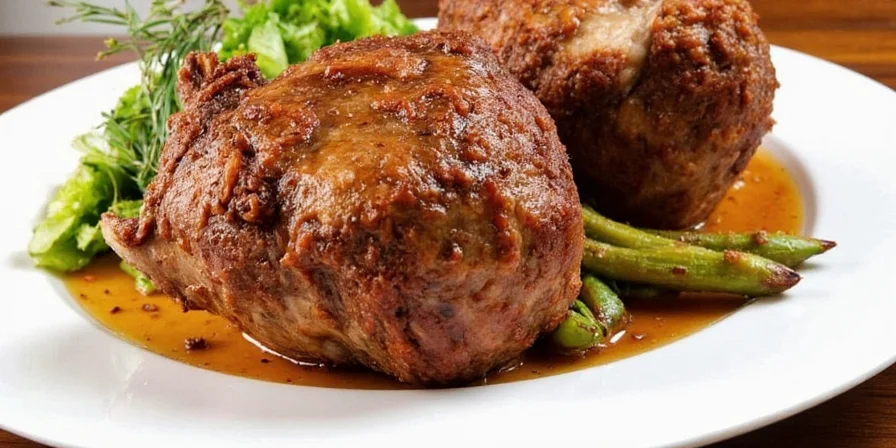
How to Use These Spices Like a Pro
Effective seasoning leverages food science principles:
- Dry Rubs: Combine 2:1 salt-to-spice ratio. Salt's ionic properties open muscle fibers for deeper spice penetration. Refrigerate 12-24 hours for optimal diffusion.
- Wet Marinades: Use oil-based liquids (olive, avocado) to dissolve hydrophobic spice compounds. Acidic components (lemon juice) should comprise ≤15% to prevent protein denaturation.
- Injection Techniques: Target intermuscular fat seams with spice-infused oils. Inject at 2-inch intervals for even distribution without structural damage.
- Layered Application: Apply salt 24h pre-cook → oil barrier 1h pre-cook → dry rub 30min pre-cook → fresh herbs post-roast.
- Thermal Activation: Toast whole cumin/coriander seeds at 325°F (163°C) for 90 seconds to maximize volatile compound release.
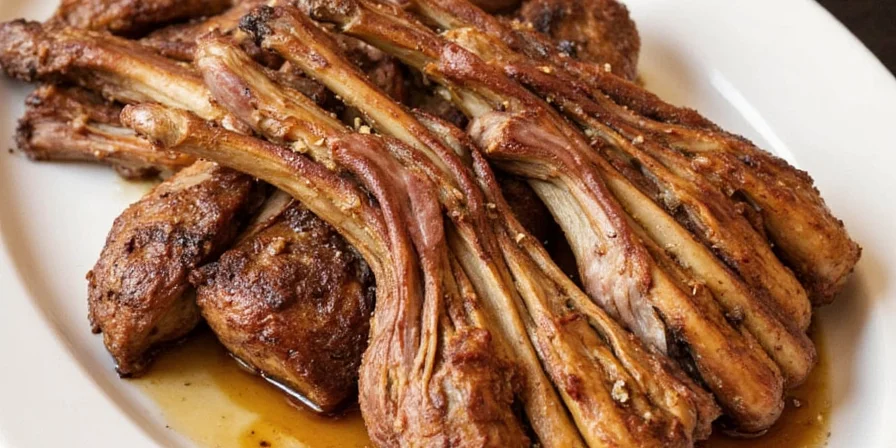
Spice Pairings That Taste Like Heaven
These combinations exploit synergistic chemical reactions:
- Rosemary + Garlic + Lemon Zest – Citric acid amplifies rosemary's volatile compounds while garlic's sulfur compounds enhance umami perception
- Cumin + Paprika + Coriander – Capsaicin in paprika increases oral heat perception of cumin's warming notes
- Oregano + Mint + Thyme – Thymol in thyme preserves mint's volatile oils during cooking
- Smoked Paprika + Cumin + Chili Flakes – Guaiacol in smoked paprika binds with capsaicin for sustained heat
- Ginger + Cardamom + Allspice – Gingerols interact with eugenol in allspice to create complex warmth
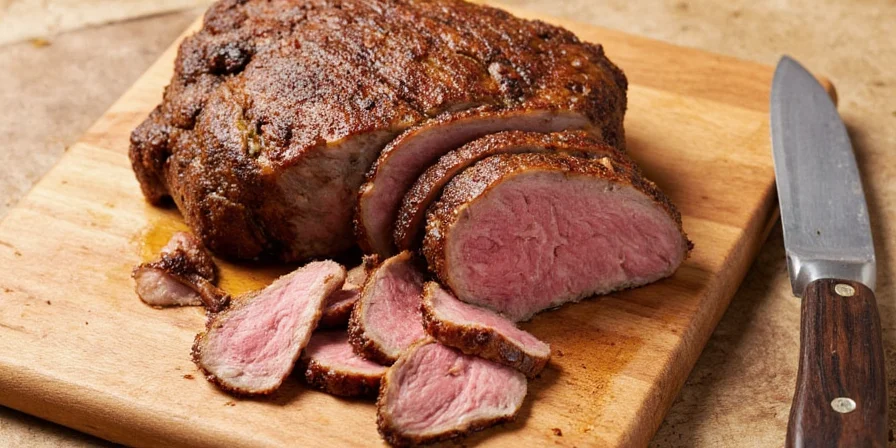
Pro Tips & Common Mistakes to Avoid
Master these scientifically validated techniques:
- Salting science: Apply salt 24h pre-cook. Osmosis draws moisture out initially, then pulls seasoned liquid back in, seasoning from within.
- Spice potency control: Measure by weight, not volume. 1 tsp cumin powder = 2.8g; exceeding 3.5g per lb lamb creates bitter terpene dominance.
- Freshness testing: Crush spices between fingers. If aroma doesn't reach your nose within 5 seconds, potency has degraded by ≥40%.
- Resting protocol: Rest 15-20 minutes tented with foil. Internal temperature stabilizes at 145°F (63°C), allowing juices to reabsorb without overcooking.
- Fat utilization: Score fat cap in 1-inch diamonds. Melting fat carries spice compounds into meat via capillary action.
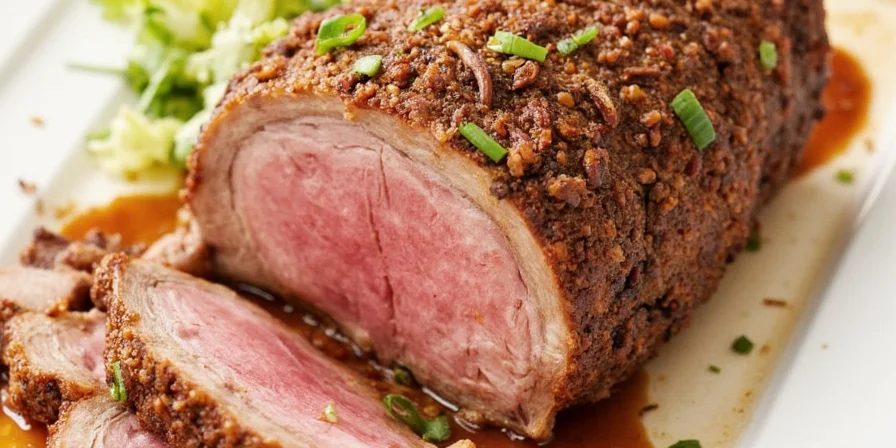
Three Show-Stopping Recipes to Try
These apply our chemistry principles:
- Molecular Mediterranean Roast
- 4g rosemary extract + 2g garlic powder rubbed under skin
- 0.5g sodium alginate in olive oil creates protective barrier
- Roast at 275°F (135°C) until internal temp reaches 125°F (52°C)
- Serve with basil-infused olive oil (linalool preservation)
- Maillard Reaction Moroccan Lamb
- 1.2g toasted cumin + 0.8g paprika dry rub
- 0.3g xanthan gum in date syrup glaze prevents burning
- Sear at 450°F (232°C) for 8 minutes to maximize browning
- Rest with preserved lemon slices (citric acid diffusion)
- Trigeminal Sensation Rack
- 0.4g menthol crystals + 1.5g thyme in mustard rub
- 0.7g capsaicin oil in honey glaze (heat-cooling contrast)
- Reverse sear method: 200°F (93°C) to 120°F (49°C) internal
- Finishing salt with activated charcoal for visual contrast
The Flavor Chemistry Behind Perfect Seasoning
Lamb's distinctive flavor comes from branched-chain fatty acids (BCFAs) like 4-methyloctanoic acid. Unlike beef, these compounds interact uniquely with spices:
- Hydrophobic spice molecules (cumin, rosemary) bond with BCFAs during slow cooking, creating flavor carriers
- Acidic components must be precisely dosed—excess denatures proteins, causing moisture loss
- Maillard reaction accelerates at 285°F (140°C) but requires surface dryness; wet rubs delay browning
- Menthol in mint activates TRPM8 receptors, creating cooling contrast against lamb's richness
This explains why universal "spice rules" fail with lamb. Successful seasoning requires understanding these specific chemical interactions rather than generic ratios.
Frequently Asked Questions
Why does my lamb taste gamey even with spices?
Gameiness comes from branched-chain fatty acids (BCFAs). To neutralize: 1) Use oregano (carvacrol breaks down BCFAs) 2) Marinate in buttermilk (lactic acid hydrolyzes compounds) 3) Cook to 145°F (63°C) internal temperature—higher temps concentrate gamey compounds.
Can I use fresh spices instead of dried?
Fresh spices behave differently: Rosemary loses 60% volatile compounds when heated; garlic burns above 325°F (163°C). Use fresh rosemary only as finishing garnish. For garlic, powder provides stable allicin precursors. Exception: Fresh mint preserves menthol better than dried.
How do I prevent spices from burning?
Paprika and cumin scorch at 350°F (177°C). Solutions: 1) Apply paprika in final 15 minutes 2) Toast whole cumin seeds then grind 3) Create oil barrier with avocado oil (smoke point 520°F/271°C) 4) Use xanthan gum (0.1%) in wet rubs to increase viscosity and heat resistance.
Why does salt timing matter for lamb?
Salt applied 24h pre-cook undergoes osmotic diffusion: Initially draws out moisture, then pulls seasoned liquid back into muscle fibers. This seasons from within. Salt applied <40 minutes pre-cook remains surface-level, creating uneven seasoning and moisture loss during cooking.

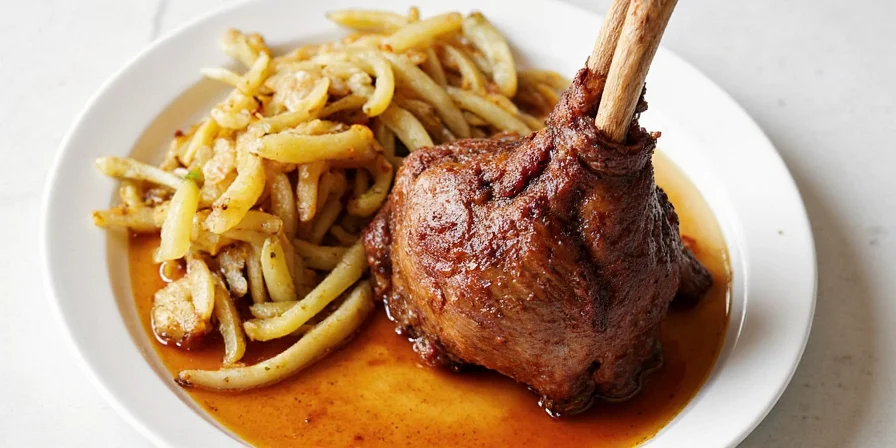









 浙公网安备
33010002000092号
浙公网安备
33010002000092号 浙B2-20120091-4
浙B2-20120091-4